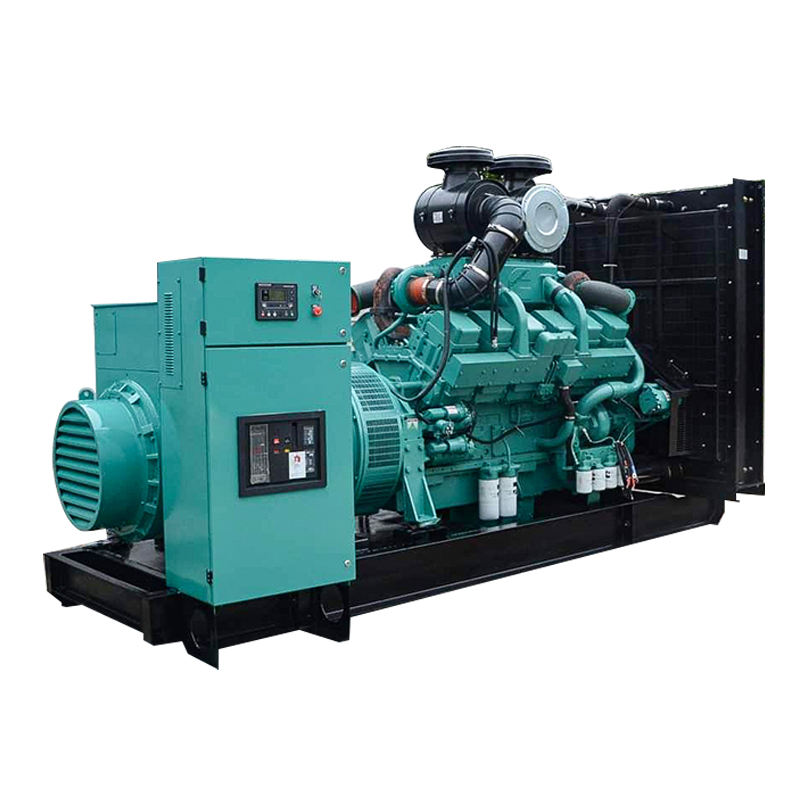Introduction
When selecting a generator set, one of the most important factors to consider is power output. However, power ratings can be confusing, especially when it comes to the difference between prime and standby power. In my experience, many people don't fully understand the distinction, which can lead to choosing the wrong generator set for their needs.
What is Prime Power?
Prime power is the maximum power output that a generator set can provide continuously for an unlimited number of hours. This type of power rating is typically used for applications where the generator set is the primary source of power, such as construction sites, oil and gas operations, and remote areas without access to grid power. Prime power generators are designed to operate for extended periods of time, with regular maintenance and fueling.
Prime Power Applications
What is Standby Power?
Standby power, on the other hand, is the maximum power output that a generator set can provide for a limited number of hours in the event of a power outage. This type of power rating is typically used for emergency backup power, such as hospitals, data centers, and other critical facilities. Standby generators are designed to start automatically when the power goes out and provide power until the main source of power is restored.
Standby Power Applications
- Hospitals
- Data centers
- Emergency services
- Manufacturing plants
- Office buildings
Prime vs. Standby Power Ratings
The main difference between prime and standby power ratings is the amount of time that the generator set can provide power at maximum output. Prime power generators are designed to run continuously, while standby generators are designed to run for a limited number of hours. The power output rating for standby generators is typically higher than for prime power generators, since they are not expected to run for extended periods of time.
Power Derating
It's important to note that power ratings for both prime and standby generators may be derated based on operating conditions, such as altitude, temperature, and humidity. This means that the generator set may not be able to provide its full rated power output under certain conditions. It's important to consult the manufacturer's specifications to determine the derating factors for your specific application.
Choosing the Right Generator Set
When choosing a generator set, it's important to consider the power requirements of your application, as well as the operating conditions. If you need continuous power for an extended period of time, a prime power generator is the best choice. If you need emergency backup power for a limited number of hours, a standby generator is the way to go. It's also important to consider the fuel source, maintenance requirements, and noise levels of the generator set.
Fuel Source
Generator sets can be powered by a variety of fuels, including diesel, natural gas, and propane. The fuel source you choose will depend on your specific application and availability. Diesel is the most common fuel source for generator sets, as it is readily available and provides a high power output. Natural gas and propane are also popular choices, as they are cleaner burning and produce fewer emissions.
Maintenance Requirements
Generator sets require regular maintenance to ensure reliable operation. This includes regular oil changes, fuel filter replacements, and inspections of the engine and electrical components. It's important to choose a generator set that can be easily maintained, and to establish a regular maintenance schedule to ensure optimal performance.
Noise Levels
Finally, it's important to consider the noise levels of the generator set. Generator sets can be quite loud, especially at full power. If noise levels are a concern, you may want to consider a generator set with noise-reducing features, such as sound-absorbing enclosures or mufflers.
Conclusion
Choosing the right generator set is essential for ensuring reliable power in any application. Understanding the difference between prime and standby power ratings is crucial for selecting the right generator set for your needs. By considering the power requirements, operating conditions, fuel source, maintenance requirements, and noise levels, you can choose a generator set that will provide reliable power for years to come.





